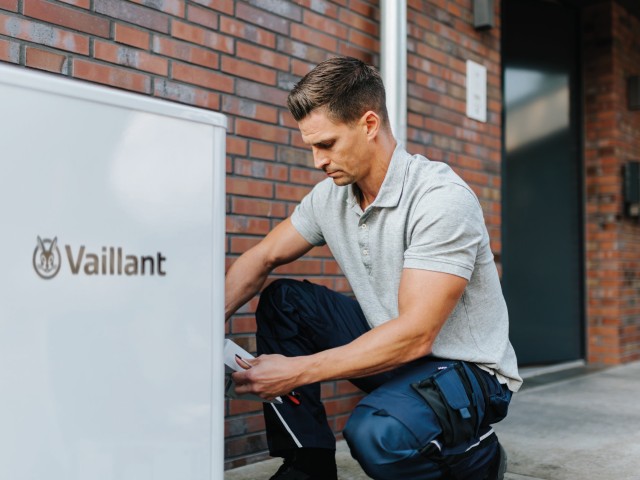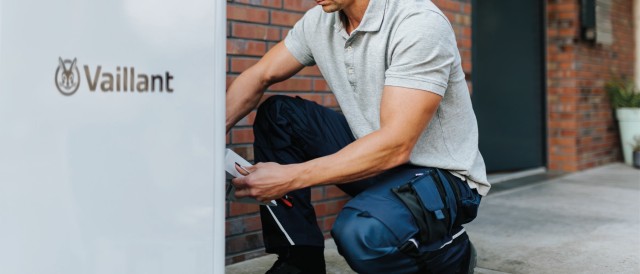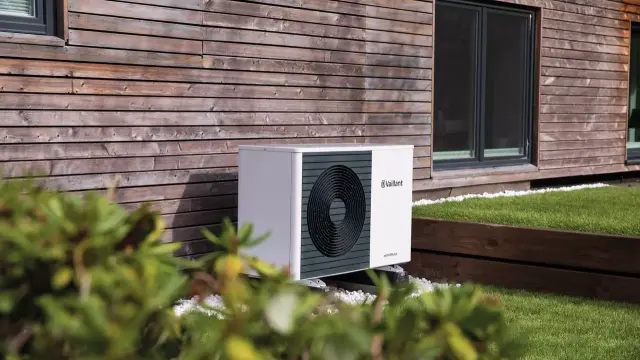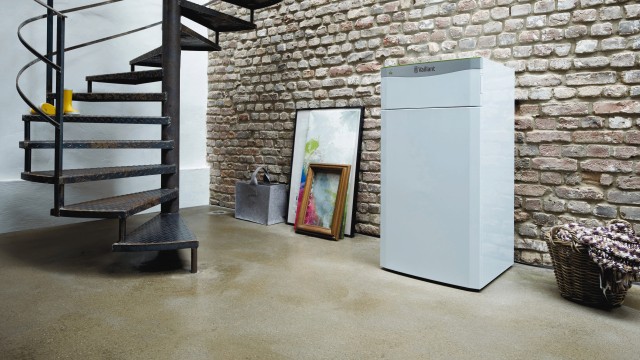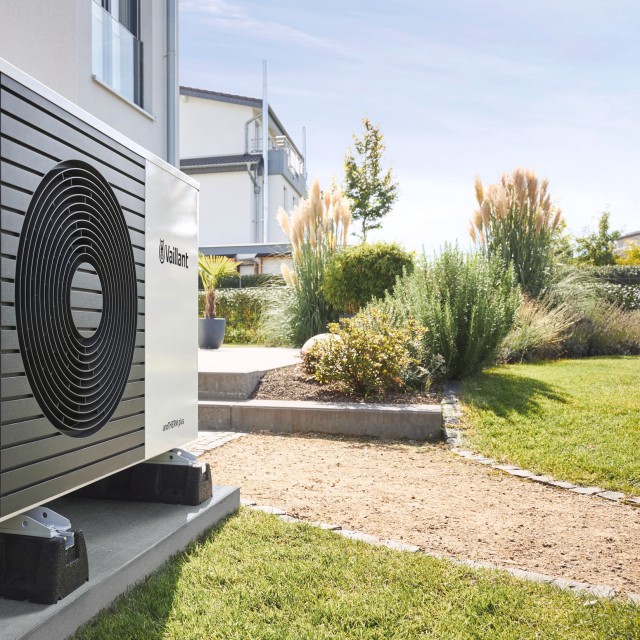An air, ground or water source heat pump is a more sustainable and efficient choice compared to traditional gas or oil heating systems.
One common concern is whether installing a heat pump requires planning permission. You usually don’t need planning permission for a heat pump. Instead, heat pumps sometimes require ‘permitted development’, which is the right to carry out specific minor building works without a full planning application.
In contrast, planning permission is a formal application and approval process for building projects that are not covered by permitted development rights.
The rules in England and Wales are different from those in Scotland, so knowing the rules for the country is important.


